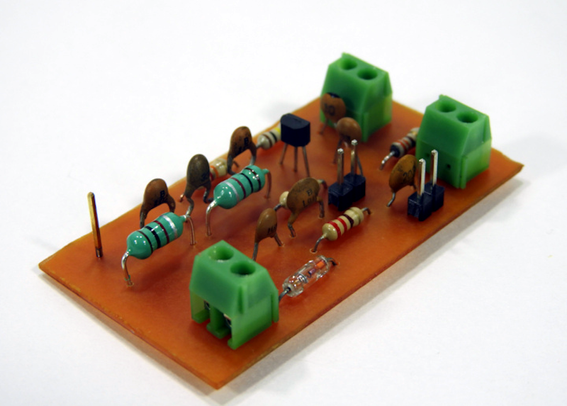Superhet-Empfänger beschrieben https://blog.funil.de/1758/sinuspl/deutsch/amateurfunk/superhet-empfanger-beschrieben/ #radio #superhet
#superhet
Wieder was gelernt, was ich nicht erwartet hätte:
Übliche Rundfunkempfänger (Radios, Sat-Empfänger, terrestrische Fernseher, GPS-Geräte usw.) nach dem #Superhet-Prinzip sind immer auch Sender und lassen sich darum prinzipiell mit einer Richtantenne orten.
https://de.wikipedia.org/wiki/%C3%9Cberlagerungsempf%C3%A4nger
I’ve put together this plot just to verify it’s making sense.
Left side is time domain, right side is frequency domain.
* First row shows the summing of the signal with itself;
* Second row shows multiplying the signal by itself (frequency doubling);
* Third row shows multiplying two different signals (RF mixing);
* Fourth row is the sum of two different signals (Audio mixing).
Link to the colab notebook: https://colab.research.google.com/drive/1yKCxVPGxyil9XkcZiJ8Mnk7jnKDsAlch?usp=sharing
Radio people: what do you mean mixing two signals produces a sum and a difference of their frequencies?
By mixing do you mean multiplication, maybe?
I can't sum two copies of the same signal and double its frequency, can I?
Arduino Becomes Superhet with a Little Help From Friends
A radio receiver is always a fun project. [Jayakody2000lk] decided that his new superheterodyne design would use an Arduino and it looks like it came out very nicely. The system has four boards. An off-the-shelf Arduino, a Si5351 clock generator board (also off-the-shelf), and two custom boards that contain the IF amplifier and mixer.
The receiver started out in 2015 without the Arduino, and there's a link in the post to that original design. Using the Si5351 and the Arduino replaces the original local oscillator and their have been other improvements, as well. You can see a video about the receiver below.
Tuning is by a rotary encoder and the current software lets you tune from about 4.75 MHz to a little over 15.8 MHz. Of course, you could change to any frequency the Si5351 can handle as long as the mixer and other components can handle it. The IF frequency is the usual 455 kHz.
If you decide to build this yourself, the design files are on GitHub. Overall a very nice and neat design. We are always amazed how little radio architecture has changed since Edwin Armstrong's day. Of course, we have better components, even if they aren't meant for radio purposes.
#arduinohacks #radiohacks #arduion #si5351 #superhet #superhetrodyne
can't believe there is something called #superhet
i'm not spoiling what it is, make your guess first then search it

